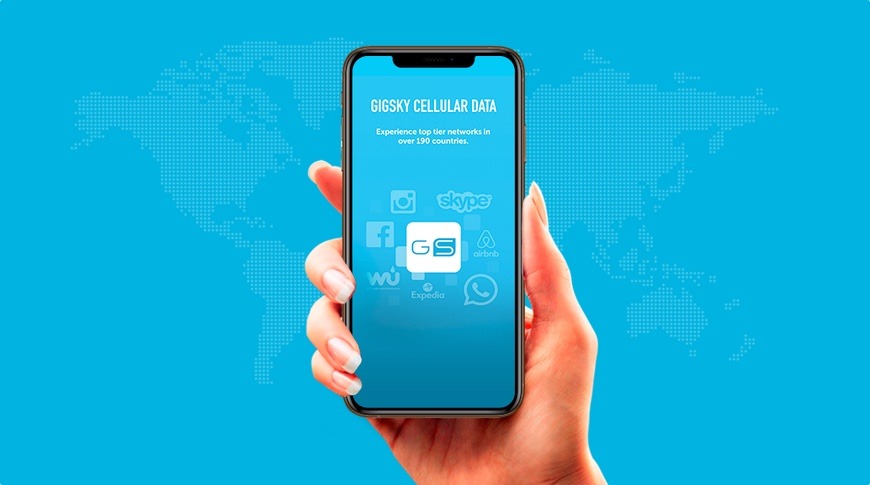It is said that an industry should change with time and adapt to the latest trends and demons of society. The telecom industry has always been ready to adapt itself to this rapid change. Mobile phones and international sim cards, for example, went from being bulky and wired to so compact and wireless that everyone carries them around everywhere. All of this happened in just a few decades.

When talking about smartphones and the SIM cards used inside them, we see that they have undergone a massive change. Earlier sim cards were physical and needed to be physically swapped based on location and usage. Today, we have moved to esims (embedded SIM) technology, where it’s like a digital SIM embedded right into your smartphone. This change might look small, but its implications are big. In this blog, we will discuss how eSIM technology has changed the telecom industry, opening up new business models and even encountering opposition from certain established firms.
Impact on Mobile Network Operators
Earlier, mobile network operators manufactured physical SIM cards that were installed on smartphones. This required logistics, transporting them to their retail partner, manufacturing costs, and a huge amount of plastic waste once the SIM cards were out of service. Now, with eSIM technology, this system is slowly becoming redundant.
Good customer experience:
Even though SIM card providers might struggle to adapt to this change, customers are happy because they can now switch between carriers or buy international data plans by buying a new eSIM. This feature of a digital SIM is very useful for regular travelers, corporate people, or anyone who wants to switch networks regularly.
Cost Savings:
If customers switch to an eSIM, it’s a win-win for both them and the SIM card manufacturer. Operators save costs on manufacturing and distribution of the physical SIM cards, and consumers get discounts on their data plans as these savings are passed on to them. This makes telecom services more competitive as well.
Greater Flexibility:
Adapting to eSIM technology means operators have the flexibility to offer trail plans and temporary connections. This is useful for events, esim for travel as people visit a country, or promotional offers. It allows operators to reach a larger market without worrying about logistics and gives customers multiple options to choose from.
New Business Models and Opportunities
The flexibility and digital nature of eSIM technology enable MNOs and other telecom ecosystem stakeholders to explore a myriad of new business models and opportunities.
Global Connectivity Services:
international esim allows consumers to switch between several providers without replacing SIM cards. This is especially appealing to travelers and multinational corporations who want dependable, cross-border mobile access.
IoT (Internet of Things):
IoT (Internet of Things) gadgets, including smartwatches and connected autos, can considerably benefit from eSIM technology. These devices frequently require dependable, always-on connectivity that can be maintained and configured remotely. eSIM facilitates the large-scale deployment and management of these devices.
Subscription-Based Models:
eSIM enables telecom providers to experiment with more dynamic and flexible subscription structures. For example, selling an esim data plan based on usage patterns and preferences becomes more viable and appealing.
eSIM technology is certainly revolutionizing the telecom business, with various advantages for both consumers and operators. Increased flexibility, cost savings, and new business opportunities are considerable. However, the transition presents problems, particularly for established companies that must adjust to a constantly shifting landscape. As eSIM gains pace, the telecom industry will need to negotiate these hurdles while seizing the opportunity to remain competitive in an increasingly digital world.